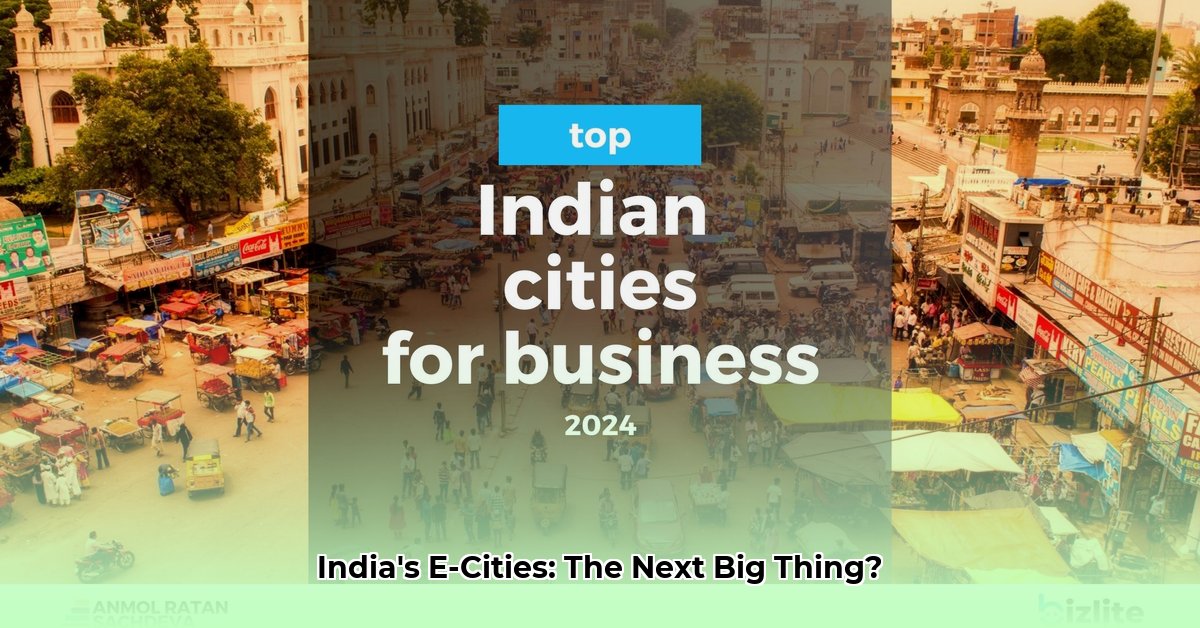Ever wondered about the cities in India whose names start with “E”? They’re a fascinating mix, from well-known industrial centers to smaller towns with big potential. This article delves into some of these cities – their history, what drives their economies today, and the challenges and opportunities they face. We’ll acknowledge upfront that the data on these cities isn’t always readily available, but we’ll strive to provide a clear picture of what’s happening, and what might happen next. Consider this a detailed overview of these cities, highlighting their unique stories and the importance of understanding them for India’s future within India’s broader economic landscape. For more detailed information, check out this comprehensive guide.
Cities Starting With E: A Deep Dive into India’s Emerging Urban Centers
Let’s embark on a journey to explore some fascinating Indian cities whose names begin with the letter “E.” These urban centers, spread across diverse states, offer a glimpse into the intricate tapestry of India’s economic and social development. From the outset, it’s crucial to acknowledge a significant challenge: reliable, consistent data about these cities is surprisingly scarce. This makes a complete comparison complex, but we’ll do our best to paint a detailed picture nonetheless. Understanding the growth factors and potential in these cities requires navigating data limitations and identifying actionable insights for future development and investment planning.
Erode: Tamil Nadu’s Textile Powerhouse and Industrial Hub
Nestled in the heart of Tamil Nadu, Erode possesses a compelling history, evolving from a modest agricultural community to a dynamic textile and industrial hub. Today, Erode pulsates with economic activity, driven by its thriving textile industry and diverse manufacturing sectors. Its economy is powered by cotton production and a network of factories producing yarn, apparel, and home textiles. Erode is often called “Textile City” of South India. The city is experiencing rapid growth, but pinpointing its exact population is difficult, with varying figures across sources. However, some challenges are apparent: managing infrastructural growth to support the booming industrial sector and mitigating the environmental impact associated with rapid industrialization. Despite these challenges, the potential for continued expansion is substantial. Erode’s strategic location, entrepreneurial spirit, and skilled workforce provide a robust foundation for future development.
Erode’s textile industry contributes significantly to Tamil Nadu’s economy, providing employment opportunities and driving export revenue. The city’s strategic location and connectivity to major transportation corridors facilitate trade and commerce. The local government and industry stakeholders are actively promoting sustainable practices and technological advancements to enhance Erode’s competitiveness.
- Erode showcases a blend of traditional agriculture and modern textile industry, driving economic growth and innovation.
- Infrastructural development, environmental sustainability, and workforce training are key priorities for the city’s future.
- Erode’s strategic location, entrepreneurial ecosystem, and skilled labor pool offer strong foundations for continued growth and investment.
Eluru: Andhra Pradesh’s Agricultural Center with Diversification Potential
Unlike Erode’s industrial focus, Eluru, situated in Andhra Pradesh, is deeply rooted in its agricultural heritage. Expansive rice paddies and fertile farmlands dominate the landscape, serving as the backbone of the local economy. Rice cultivation has sustained the city for generations. While the city’s population figures remain somewhat uncertain, its growth is undeniable, driven by its agricultural output, regional trade networks, and emerging service sectors. Eluru faces the challenge of modernizing farming techniques to increase efficiency, attract investments in other sectors to create more diverse employment opportunities, and improve infrastructure to support economic expansion. There’s considerable potential for diversification into food processing, aquaculture, and tourism, effectively broadening the economic base and fostering sustainable growth. Eluru is near Kolleru Lake, one of the largest freshwater lakes in India, offering eco-tourism opportunities.
Eluru’s agricultural sector plays a crucial role in Andhra Pradesh’s food security and export earnings. The city’s proximity to major urban centers and transportation networks facilitates trade and market access. Local authorities and agricultural institutions are promoting sustainable farming practices and value-added processing to enhance Eluru’s economic resilience.
- Eluru’s economy is rooted in agriculture, with rice cultivation serving as the primary economic activity and source of employment.
- Modernizing farming techniques, diversifying the economy, and improving infrastructure are essential for Eluru’s future growth.
- Eluru’s agricultural heritage, strategic location, and proximity to natural resources offer opportunities for sustainable development and investment.
Etawah: Uttar Pradesh’s Historical City with Emerging Industries
Etawah, in Uttar Pradesh, possesses a captivating historical narrative, influenced by its location along the Yamuna and Chambal Rivers. Etawah played a significant role during the Mughal and British periods. While agriculture remains vital, Etawah is experiencing a gradual diversification into small-scale industrial activities, including food processing, textiles, and light manufacturing. Precise population data remains elusive, underscoring the challenge of inconsistent data availability throughout these “E cities.” Like its counterparts, Etawah grapples with infrastructural challenges, including improving transportation networks, upgrading sanitation facilities, and ensuring access to clean water. Targeted investments in education, vocational training, and entrepreneurship promotion could significantly boost Etawah’s prospects and unlock its considerable potential. Etawah is home to the Etawah Safari Park, promoting eco-tourism and wildlife conservation.
Etawah’s historical significance and cultural heritage contribute to its identity and tourism potential. The city’s strategic location along major transportation routes facilitates trade and connectivity. Local authorities are implementing initiatives to promote sustainable development, improve infrastructure, and enhance the quality of life for residents.
- Etawah’s economy is transitioning from agriculture to include manufacturing and services, driven by entrepreneurship and investment.
- Infrastructural improvements, skills development, and promoting entrepreneurship are crucial priorities for Etawah’s future growth.
- Etawah’s historical heritage, strategic location, and emerging industries offer opportunities for sustainable development and investment.
Unearthing Common Threads and Diverging Paths: Comparing India’s E Cities
A striking commonality among these three cities, despite their differences, is their historical dependence on agriculture. Yet, their growth trajectories are dramatically different. Erode has embraced industrialization, Eluru maintains a largely agricultural focus, and Etawah is attempting a balanced approach, combining traditional activities with diversification into smaller industries. This highlights the diverse ways in which Indian cities evolve and the importance of understanding these unique paths. The lack of dependable data, however, makes detailed comparative analysis challenging. The varied developmental paths demonstrate the need for tailored urban strategies, acknowledging the unique economic and social factors of each region. Each city’s path reflects the complex interplay of historical legacies, geographical factors, and policy choices.
The Urgent Need for Better Data and Urban Planning in India
The inconsistent population data forms a barrier to a complete understanding of these cities’ growth. How can we effectively plan for the future, invest wisely, and make informed policy decisions without accurate, reliable information? This absence of standardized data collection calls for immediate attention from all stakeholders, including urban planners, researchers, and policymakers. Accurate, up-to-date data is crucial for building strong foundations and implementing successful urban development strategies. High-quality data ensures resources are allocated effectively and strategically.
Charting a Path Forward: Sustainable Growth Through Collaboration
Let’s consider how different groups can collaborate to improve the future of these cities:
| Stakeholder Group | Short-Term Goals | Long-Term Vision |
|---|---|---|
| Government & Urban Planners | Improve data collection; Invest in infrastructure; Boost public transport. | Create sustainable urban growth plans; Encourage economic diversification; Ensure equitable resource allocation. |
| Researchers & Academics | Create a centralized database of Indian city data; Conduct detailed studies of urban growth patterns. | Investigate factors driving urban growth; Analyze the effects of various policies; Promote evidence-based urban planning. |
| Businesses & Investors | Identify investment opportunities in emerging sectors; Support local businesses. | Invest in sustainable infrastructure projects; Foster innovation and entrepreneurship; Ensure inclusive economic growth. |
| Community Organizations | Advocate for community needs; Facilitate dialogue between residents and authorities. | Promote social inclusion; Enhance civic engagement; Support vulnerable populations. |
Investing in robust data collection systems, sustainable infrastructure development, and quality education are paramount. These “E cities” possess enormous potential – unlocking it requires concerted efforts from all corners. Through collaborative work can we understand and appreciate the unique growth stories of these urban centers. The future relies on a balance between respecting their history and empowering their future. It also requires inclusive development that benefits all residents.
Analyzing Inconsistent Urban Population Data for Indian Cities Starting with E
Key Takeaways:
- Understanding urban sprawl in medium-sized Indian cities requires a nuanced approach. Geospatial techniques are valuable, but data inconsistencies pose challenges.
- Analyzing population data for cities beginning with “E” requires acknowledging limitations and employing careful methodologies.
- Effective urban planning strategies are essential to mitigate the consequences of unchecked urban expansion.
- The diverse socio-economic contexts of these cities influence growth patterns and require region-specific analysis.
- Open data initiatives and citizen participation can improve data quality and transparency.
Navigating the Data Maze: Population Challenges and Demographic Trends in “E” Cities
Let’s address the challenge: inconsistent data. When studying Indian cities whose names start with “E” – Erode, Eluru, etc. – we encounter unreliable population figures. These inconsistencies arise from factors: census methodologies, data collection timelines, and reporting errors. Effectively analyzing this
- Spiritual Connotation of Names Reveals Their Divine Meaning and Purpose - November 18, 2025
- Unpacking the Importance of Names in the Bible for Deeper Understanding - November 17, 2025
- Avery Biblical Meaning Infers Wisdom, Counsel, and Protection - November 16, 2025










